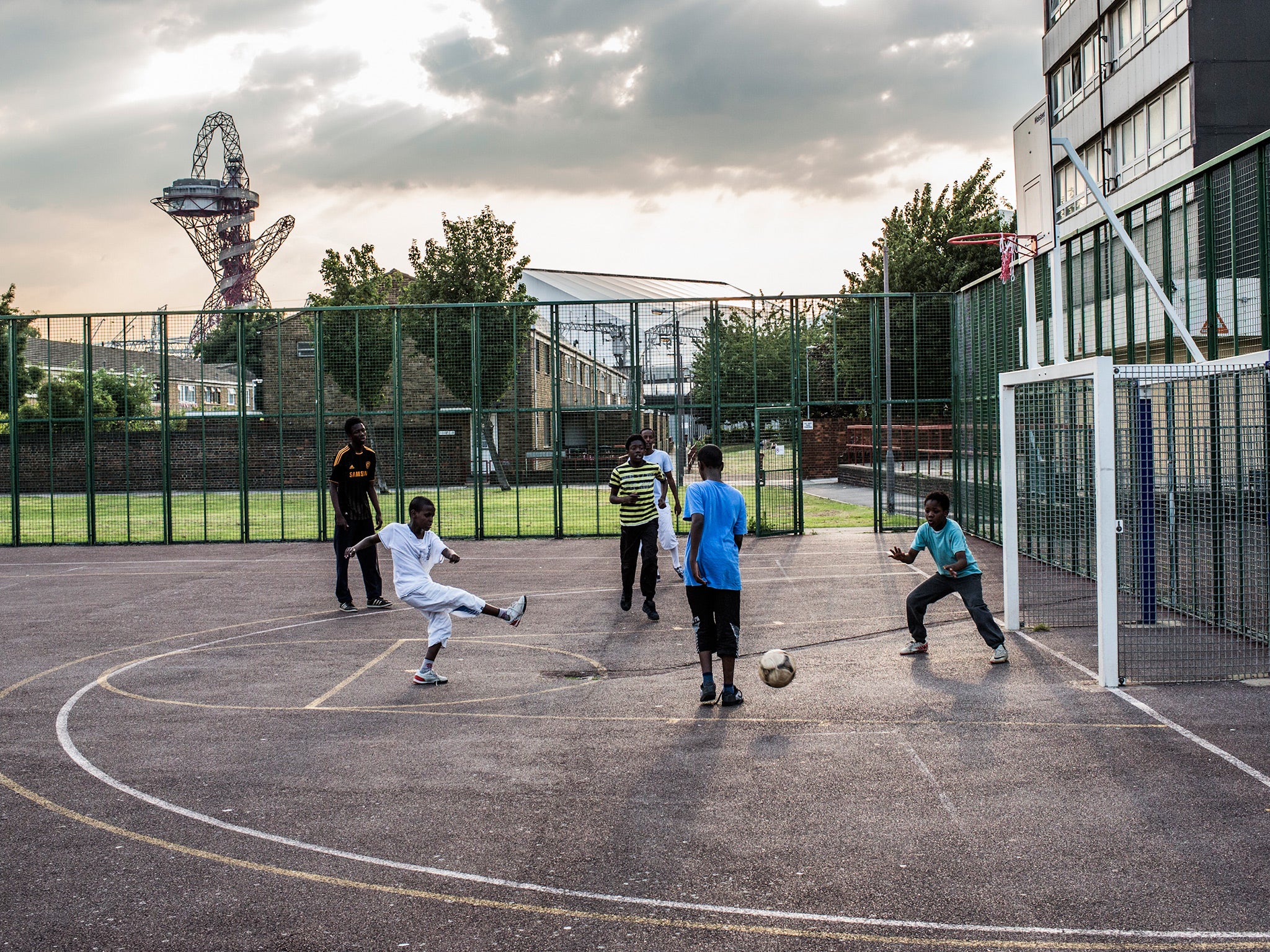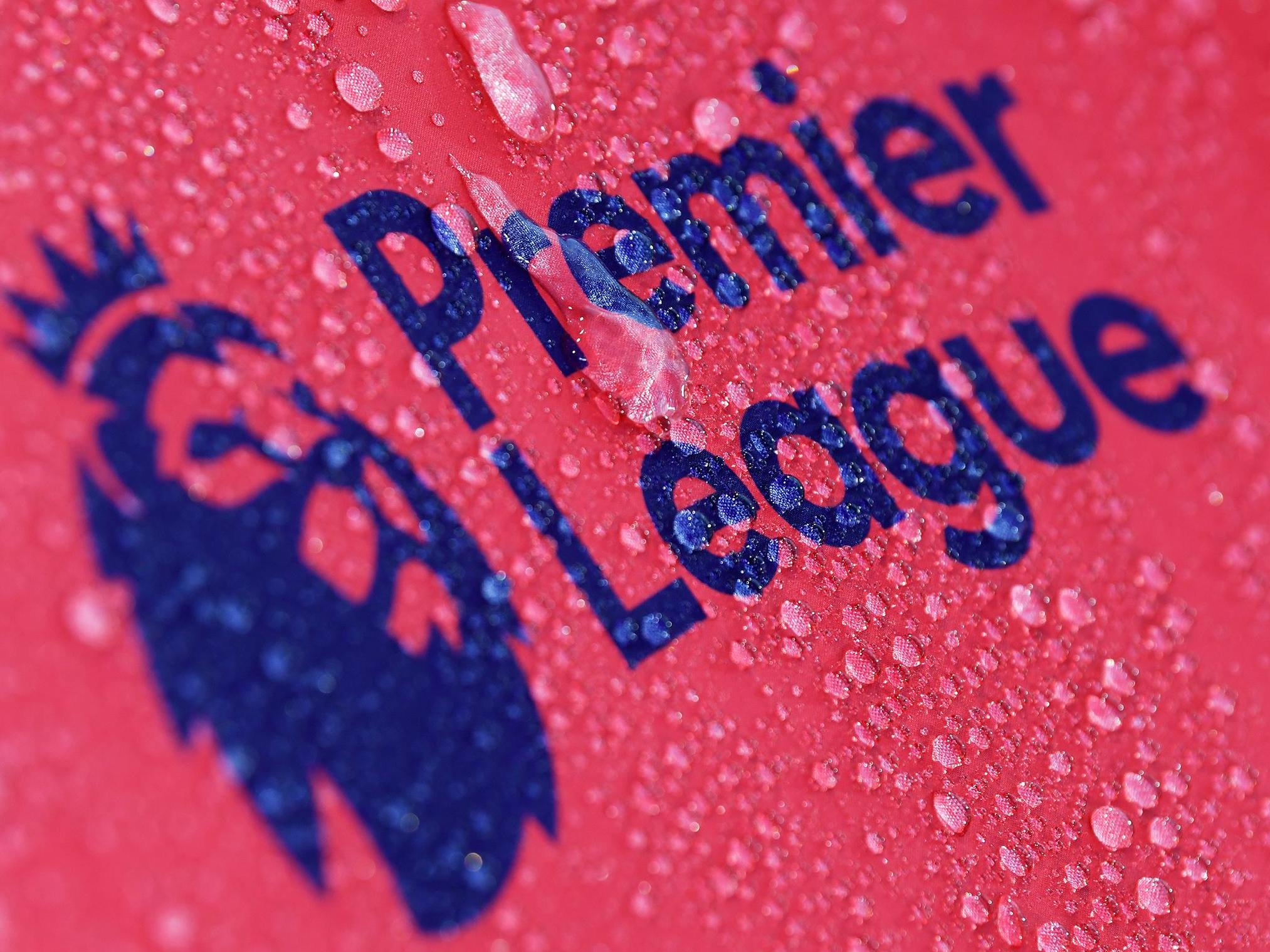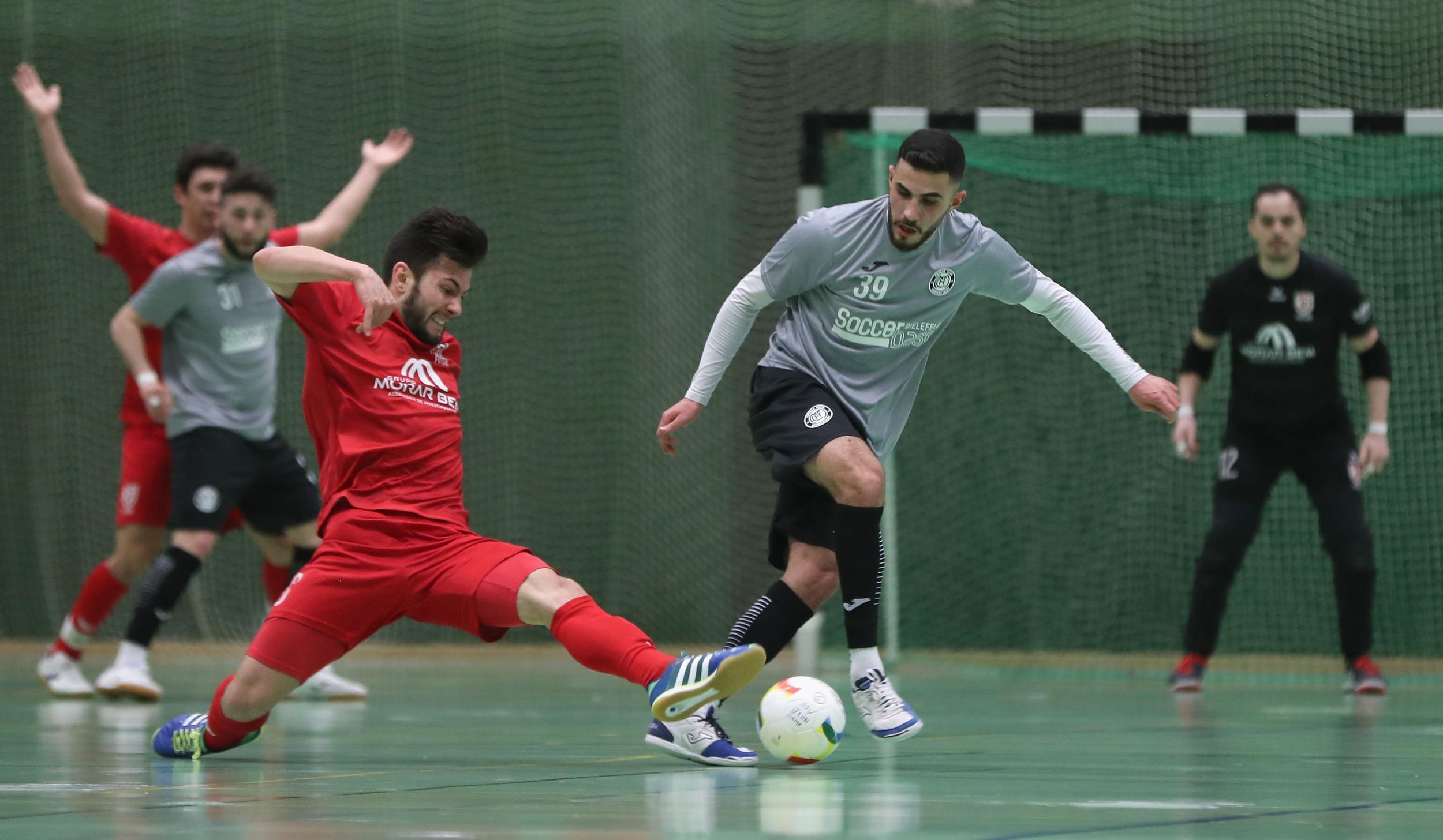The Nation's Game - life at the bottom of the pyramid: Part 2, Out with the old and in with the new?
Across a seven-part series, The Independent will be exploring the deeply misunderstood and complex world of grassroots football

Your support helps us to tell the story
From reproductive rights to climate change to Big Tech, The Independent is on the ground when the story is developing. Whether it's investigating the financials of Elon Musk's pro-Trump PAC or producing our latest documentary, 'The A Word', which shines a light on the American women fighting for reproductive rights, we know how important it is to parse out the facts from the messaging.
At such a critical moment in US history, we need reporters on the ground. Your donation allows us to keep sending journalists to speak to both sides of the story.
The Independent is trusted by Americans across the entire political spectrum. And unlike many other quality news outlets, we choose not to lock Americans out of our reporting and analysis with paywalls. We believe quality journalism should be available to everyone, paid for by those who can afford it.
Your support makes all the difference.As alluded to in Part One, the more traditional aspects of grassroots football are suffering. Although the junior game continues to hold steady in terms of participation figures, the adult form has suffered a “catastrophic decline” - as John Sugden, professor of sport sociology at Brighton University, puts it. A 2015 study commissioned by the FA revealed that 2,360 grassroots teams had disbanded between 2012 and 2015, while the fall in the number of regular 11-a-side players (aged 16 or over) was shown to be approximately 180,000 since 2005.
As a whole weekly participation in football has fallen across the population, down from 5.18 per cent in 2007/08 down to 4.21 per cent in 2015/16, according to Sport England. The Premier League, the Football Foundation and the FA have all acknowledged this downturn to The Independent and each have deployed a number of projects and schemes in an attempt to elicit change.
But before further scrutinising the state of modern grassroots football, it’s vital to understand how the sport reached this critical juncture. The factors behind the decline in traditional grassroots are heavily intertwined and, much like the game, in a constant state of flux themselves. Shifts in the socio-cultural landscape, improving facilities and technologies, the rise of the ‘digital revolution’ and a government-enforced policy of austerity have all played their part.
At the same time, amid such decline new forms of football have stepped in and flourished within this new environment. The rise of 5-a-side, futsal, and women's football (more on this in Part 3) all point to the game’s ability to modernise and roll with the times. In stepping back from the singular concerns of individual clubs, a larger picture emerges, one that gives rise to optimism and pessimism in the same breath.
Figures across the top level of the game, however, have all argued that the demands of modern life have contributed to the decline of traditional 11-a-side. The rise of the digital revolution, as one individual within the DCMS explained, has seen football forced to “compete” with people’s interests and time-poor lifestyles. The internet, and the ability to stay connected to work at all times, means people are increasingly unwilling to dedicate their time to sports. When taking into account mid-week training, travel and the actual act of playing 90 minutes of football, only the most committed are willing to give up their precious time to the sport on a weekly basis.
The digital revolution has similarly transformed people’s appetite for football, as well as the way we consume it. Given the prominence of online gaming and social media, which have become increasingly accessible through our phones, tablets and TV, more and more of us are getting our football fix via non-physical means. The Premier League, as confirmed by the 1bn homes which tuned in across the 2016/17 season, has certainly raised the profile of English football but, in making it so accessible on such a personal level, has it equally transported the game from the realities of the local park to the plush comforts of our front rooms?

The effects of the digital revolution on traditional grassroots have been heightened, as figures within the FA stressed, by the new-found transience of society. Whereas in the 20th century people typically spent their whole lives within a five-mile radius, enabling them to lay down roots within their local community and, in the instance of football, commit to a nearby team, nowadays society is much more migratory in nature. With people moving continually between jobs, towns and cities, and more and more of us working weekends, it has become harder to establish links with local clubs. Take into account the decline of England’s manufacturing sector - whole leagues in the country’s most industrial cities used to be comprised of company teams - and it’s clear to see that the digitally-orientated, itinerant nature of society has played a crucial role in hindering participation in 11-a-side football.
This has only been exasperated by the policy of austerity implemented by our current government. As will be explored in Part Six of the series, cash-poor councils are increasingly unable to provide and maintain sporting facilities, such as playable grass pitches, meaning the footballing demands of local communities are often neglected. Against this backdrop it's clear to see why traditional grassroots continues to suffer.
But this is just one side of the picture. Much like the society it inhabits, football is in a constant state of flux - forever changing, evolving and adapting to the gentle ebbs and flows of our modern world. The game that many of the older generation knew may have been lost, but, in its place, new, more inclusive forms have emerged.
Five-a-side football is just one example. The technology and appetite for this variant of the game simply did not exist 30 years ago. Now, this branch of the game is in rude health and a prime example of grassroots football's adaptability. Since 2014 the number of mini-based teams playing regular football has increased by 11 per cent, from 23,675 to 26,218. And unlike the traditional 11-a-side teams of old, those partaking are people of all ages, gender, races and abilities.

England’s 3G pitches have been crucial to this evolution, enabling football to “innovate”, as the DCMS says, and subsequently cater to people’s time-poor lives. Trying to book a slot at the local ‘Goals’ hub in cities such as London or Manchester confirms just how popular this branch of grassroots football has become. The surface, duration and laws of the game may have altered somewhat, but the simplicity of kicking a ball with friends remains the same.
It’s a similar story with the rise and rise of futsal. Once seen as an alien version of the sport more suited to the backstreets of Rio de Janeiro, the sport has taken off in recent years, particularly within the higher education system. Since its introduction seven years ago, participation in futsal has seen a 15 per cent annual increase over the last five years. As the fastest growing sport within Britain’s universities, British Universities and Colleges Sport (BUCS) confirmed to The Independent that the organisation is now looking to separate futsal from football entirely.

Interestingly enough, participation among universities in 11-a-side football has avoided the decline seen outside of the higher education bubble. One argument suggests that those youngsters who, in generations past, would have taken up local jobs after finishing school and joined their nearby team are now entering higher education where, under the infrastructure of BUCS, their footballing demands are readily catered for.
Football, then, can clearly be seen to be evolving, with participation in the sport channelled into new avenues and variants. One of the more niche forms to emerge in recent years is the ‘YouTube Footballer’. One look at social media will confirm as much, with more and more youngsters trading miserable Sunday mornings at the local Rec for the 'shareable' flicks and flairs of freestyle football. Marking a clear split from the orthodoxies of 11-a-side, this is another prime example of modern football innovating and, in this case, tapping into the digital revolution.
As will be discussed in Part Four, the sports’ key decision-makers, from the FA to the Premier League, have become increasingly attuned to the malleable nature of football as they attempt to overturn years of stagnancy and neglect. The issue at hand, though, is ensuring that football’s emerging new look isn’t prioritised over its orthodox roots.
Part 3 of 'The Nation's Game' series is now available - read it here.
Join our commenting forum
Join thought-provoking conversations, follow other Independent readers and see their replies
Comments